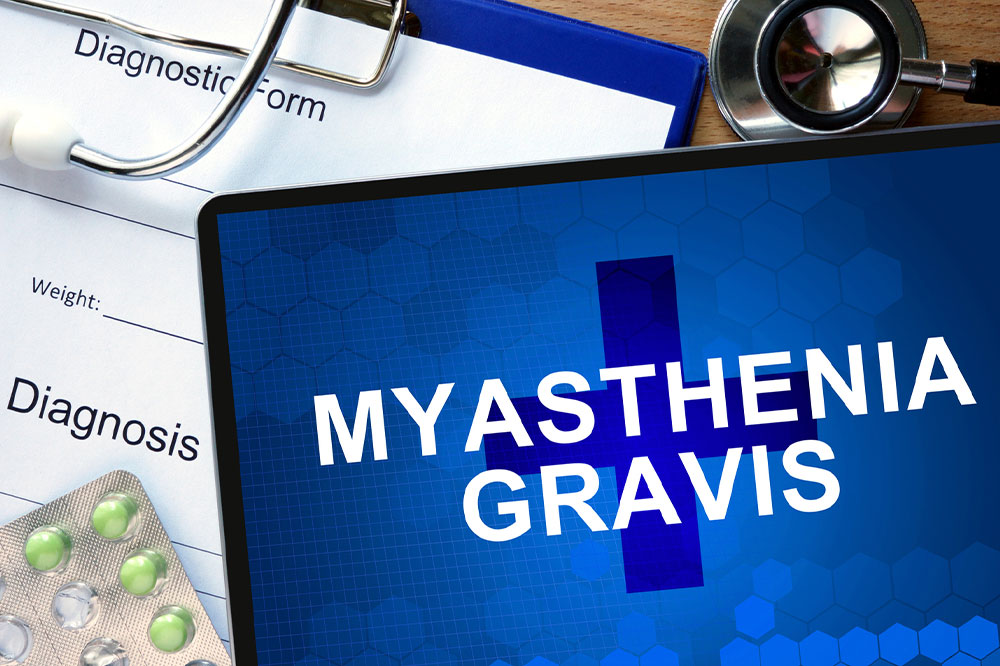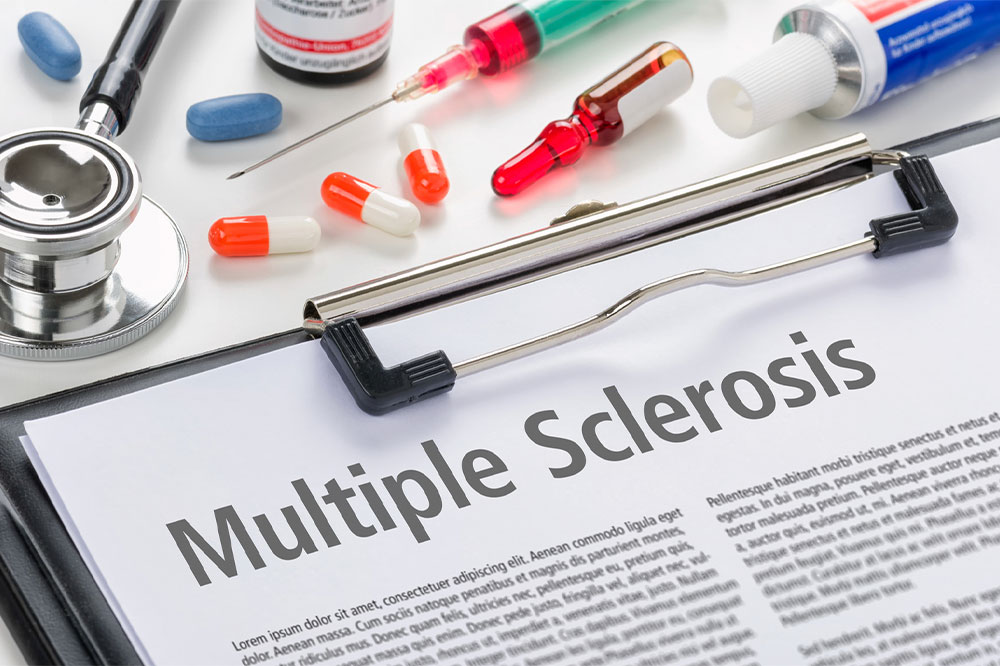Comprehensive Strategies for Managing Myasthenia Gravis Effectively
Myasthenia gravis is a challenging neuromuscular disorder requiring a multifaceted management approach. This comprehensive article explores medical treatments, surgical options, intravenous therapies, holistic methods, and lifestyle modifications that can significantly improve patient outcomes. Understanding these strategies allows patients and caregivers to navigate disease management more effectively, enhancing quality of life and minimizing risks associated with this autoimmune condition.

Effective Management Approaches for Patients with Myasthenia Gravis
Myasthenia gravis is a complex neurological disorder that primarily affects the neuromuscular junction, leading to significant muscle weakness that can impact various parts of the body. This condition occurs due to disrupted communication between nerves and muscles, resulting in symptoms such as fatigue, drooping eyelids, difficulty swallowing, and weakness in the limbs. While it is a chronic condition with no known cure, a multifaceted management strategy can significantly improve quality of life for patients. Understanding the various treatment options, surgical possibilities, and lifestyle adjustments is crucial for comprehensive disease management.
Understanding Myasthenia Gravis and Its Impact
Myasthenia gravis (MG) is an autoimmune disorder where the body’s immune system mistakenly attacks acetylcholine receptors at the neuromuscular junction. This prevents effective communication between nerves and muscles, resulting in muscle weakness. Symptoms can vary widely among individuals and may fluctuate throughout the day, often worsening with activity and improving with rest. Commonly affected areas include the eyes (causing drooping eyelids and double vision), face, throat, chest, arms, and legs. Because MG can affect respiratory muscles, in severe cases, it can lead to breathing difficulties, making prompt diagnosis and management essential.Current Therapeutic Strategies for Myasthenia Gravis
Managing MG involves various approaches aimed at alleviating symptoms, improving muscle strength, and preventing complications. Since no definitive cure exists, treatment focuses on controlling the autoimmune response and managing symptoms effectively. These approaches are often combined based on individual patient needs, severity, and response to therapy.Medication-Based Treatments
Most patients with MG are prescribed medications to improve neuromuscular transmission and modulate immune activity. Cholinesterase inhibitors, such as pyridostigmine, enhance communication at the neuromuscular junction, thus increasing muscle strength. However, these drugs can cause side effects like diarrhea, nausea, increased salivation, or abdominal cramps. Corticosteroids like prednisone are used to suppress immune activity, often in the early stages of treatment or during severe episodes, but long-term use may lead to side effects like osteoporosis, weight gain, and elevated blood sugar. Immunosuppressants, including azathioprine, mycophenolate mofetil, and cyclosporine, help control the immune system's attack on acetylcholine receptors but come with risks such as increased susceptibility to infections, liver toxicity, or kidney problems. The selection of medications requires careful monitoring by healthcare professionals to balance benefits and side effects.Surgical Interventions
Surgical options are considered in specific cases, especially when thymomas (tumors of the thymus gland) are present. Thymectomy, the surgical removal of the thymus, has been shown to improve symptoms and reduce medication dependency in many patients. Even in cases without tumors, thymectomy can lead to long-term remission or stabilization of the disease. The procedure can be performed via traditional open surgery or minimally invasive techniques such as فيديو-assisted thoracoscopic surgery (VATS), which involve smaller incisions, less pain, shorter hospital stays, and quicker recovery times. The decision for surgery depends on factors like age, disease severity, and overall health status. It is essential to consult with a multidisciplinary team to determine the most appropriate surgical plan.Intravenous and Plasma Exchange Therapies
For sudden worsening of symptoms or during myasthenic crises, intravenous treatments are vital. Plasmapheresis, also known as plasma exchange, involves removing the patient’s plasma—which contains harmful antibodies—and replacing it with donor plasma or albumin. This process can provide rapid relief from severe muscle weakness, especially in emergencies, with effects lasting for weeks. Intravenous immunoglobulin (IVIG) therapy introduces normal immunoglobulin G (IgG) antibodies into the patient’s bloodstream to modulate immune response. IVIG can be administered over several days and provides symptomatic relief lasting three to six weeks. Both treatments are typically administered in specialized centers under close supervision to monitor for potential side effects, which may include allergic reactions, blood pressure fluctuations, or infections.Holistic and Complementary Approaches to MG Management
Alongside conventional treatments, many patients explore holistic methods to enhance overall well-being and manage symptoms more effectively. Natural remedies and dietary supplements are gaining popularity, although scientific evidence supporting their efficacy remains limited; patients should always consult healthcare providers before incorporating any new therapies. Traditional Chinese herbal medicine, acupuncture, and mind-body practices like meditation and yoga are being studied for their potential benefits in immune regulation and stress reduction.Lifestyle Modifications and Supportive Care
Adopting healthy lifestyle habits can significantly affect disease progression and quality of life. Respiratory muscle training exercises help strengthen breathing muscles, reducing breathlessness and lowering the risk of respiratory crises. Proper nutrition plays a vital role; consuming a balanced diet rich in vegetables, whole grains, lean proteins, calcium, and vitamin D can bolster immune function, improve bone health, and enhance overall resilience. Limiting intake of fatty, spicy, or processed foods can prevent aggravation of symptoms and support digestive health. Adequate rest, stress management, and avoiding infections are also critical components of long-term disease management. Patients are advised to work closely with their healthcare teams to develop personalized care plans that incorporate these lifestyle strategies.It is crucial for individuals with MG to maintain ongoing communication with their healthcare providers, adhere to prescribed treatments, and seek prompt medical attention during symptom exacerbations. With a comprehensive management plan, patients can lead active, fulfilling lives despite their condition.





